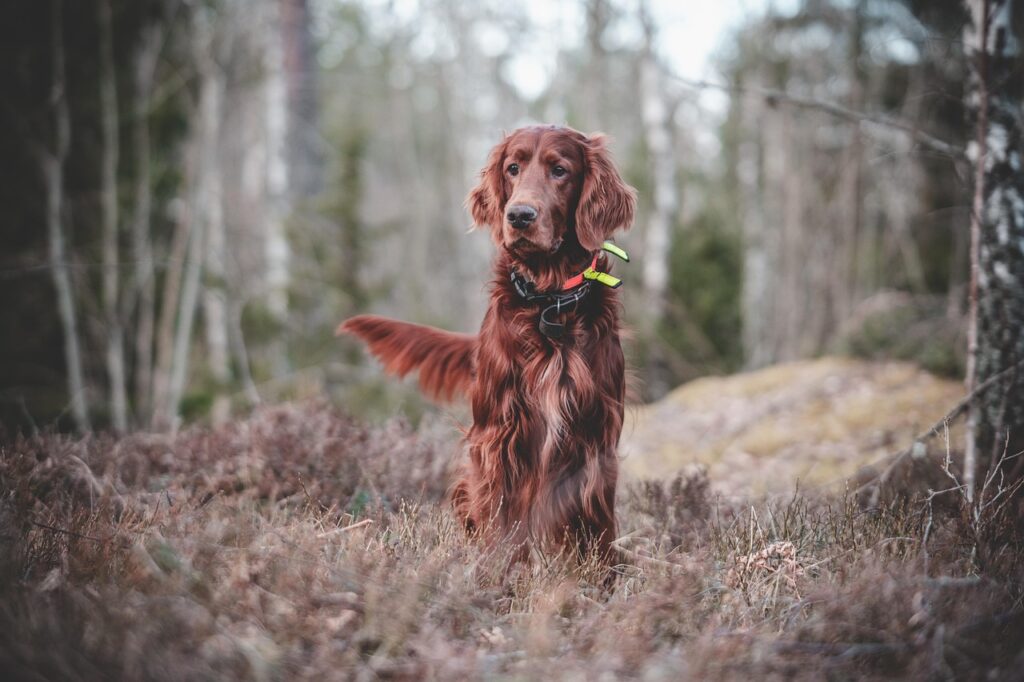
Clicker training is an effective, science-based method that relies on positive reinforcement to shape and modify a dog’s behavior. At its core, it uses a small mechanical device called a clicker to mark desired behaviors with a distinct sound, followed by a reward. This training technique has gained popularity due to its simplicity and efficacy, making it an invaluable tool for both novice dog owners and seasoned trainers alike. In this article, we will delve into the mechanics of clicker training, explore its benefits, and provide a step-by-step guide to transform your dog’s behavior using this powerful method.
Understanding the Science Behind Clicker Training
Clicker training is rooted in the principles of operant conditioning, a concept developed by B.F. Skinner, a renowned psychologist. Operant conditioning is a learning process through which behaviors are modified using rewards or punishments. In the context of clicker training, the clicker serves as a conditioned reinforcer. This means that the sound of the clicker is associated with a positive outcome, such as a treat or praise.
When a dog performs a desired behavior, the trainer clicks the clicker and promptly delivers a reward. Over time, the dog learns to associate the click sound with the specific behavior and the subsequent reward. This association encourages the dog to repeat the behavior in the future, reinforcing the desired action.
The Benefits of Clicker Training
Clicker training offers numerous advantages over traditional training methods. Some of the key benefits include:
Precision and Timing
The clicker allows for precise marking of the exact moment a desired behavior occurs. This precision helps the dog understand exactly which action is being rewarded, leading to faster learning and more reliable behavior.
Positive Reinforcement
Clicker training focuses on rewarding desired behaviors rather than punishing undesired ones. This positive approach fosters a trusting relationship between the dog and the trainer, creating a more enjoyable learning experience for both parties.
Consistency
The distinct sound of the clicker is consistent and unambiguous, unlike verbal cues that can vary in tone and inflection. This consistency helps prevent confusion and ensures clear communication.
Versatility
Clicker training can be applied to a wide range of behaviors, from basic obedience commands to complex tricks and even behavior modification for problematic behaviors.
Getting Started with Clicker Training
Before you begin clicker training, gather the necessary tools: a clicker and a supply of small, tasty treats. Choose a quiet environment free from distractions to help your dog focus on the training session.
Step 1: Charging the Clicker
The first step in clicker training is to “charge” the clicker, which means creating an association between the click sound and a reward. To do this, follow these simple steps:
1. Gather a handful of treats and your clicker.
2. Click the clicker once and immediately give your dog a treat.
3. Repeat this process 10-15 times in quick succession.
Your dog will soon begin to associate the sound of the clicker with receiving a treat, setting the stage for successful training sessions.
Step 2: Capturing Behaviors
Once the clicker is charged, you can start capturing behaviors. Capturing involves marking and rewarding behaviors that your dog naturally offers. For example, if your dog sits, you can click and treat to reinforce the behavior.
1. Observe your dog and wait for them to offer a behavior you want to reinforce, such as sitting or lying down.
2. As soon as the behavior occurs, click the clicker and deliver a treat.
3. Repeat this process until your dog consistently offers the behavior in anticipation of the click and reward.
Step 3: Shaping Behaviors
Shaping involves reinforcing successive approximations of a desired behavior. This technique is particularly useful for teaching complex behaviors or tricks.
1. Break down the desired behavior into small, manageable steps.
2. Start by reinforcing the first step, clicking and treating when your dog performs it.
3. Gradually require more from your dog, clicking and treating for each incremental step towards the final behavior.
For example, if you want to teach your dog to roll over, you might start by rewarding them for lying down, then for turning their head to the side, and so on, until the complete behavior is achieved.
Step 4: Adding Verbal Cues
Once your dog reliably performs a behavior in response to the clicker, you can introduce a verbal cue. This step links the behavior to a specific command, allowing you to prompt the action with words alone.
1. Say the verbal cue just before your dog performs the behavior.
2. Click and treat immediately after the behavior is completed.
3. Repeat this process until your dog associates the verbal cue with the behavior.
For instance, if teaching “sit,” say “sit” just before your dog sits, then click and treat.
Step 5: Generalizing the Behavior
Generalizing ensures that your dog can perform the behavior in various environments and situations. This step is crucial for real-world application.
1. Practice the behavior in different locations, gradually introducing distractions.
2. Continue using the clicker and treats to reinforce the behavior in new settings.
3. Be patient, as dogs may take time to adjust to performing behaviors in unfamiliar environments.
Troubleshooting Common Challenges
While clicker training is highly effective, you may encounter some challenges along the way. Here are a few common issues and their solutions:
Timing Errors
If your timing is inconsistent, your dog may become confused about which behavior is being reinforced. Focus on clicking at the exact moment the desired behavior occurs to ensure clarity.
Lack of Interest
If your dog is uninterested in the treats or the training session, try using higher-value rewards, such as small pieces of chicken or cheese. Keep sessions short and engaging to maintain your dog’s attention.
Over-Reliance on the Clicker
As your dog becomes proficient in a behavior, gradually reduce the frequency of clicks and treats, using them intermittently to maintain motivation without creating dependency.
Conclusion: Transforming Your Dog’s Behavior
Mastering clicker training empowers you to transform your dog’s behavior using positive reinforcement and clear communication. By investing time and patience into this training method, you can build a strong bond with your dog while fostering obedience and cooperation. Whether you’re teaching basic commands, addressing behavioral issues, or exploring advanced tricks, clicker training provides a versatile and effective approach to achieving your training goals.
Embrace the journey of clicker training, and watch as your dog responds with enthusiasm and eagerness to learn. With consistent practice and a positive attitude, you’ll unlock your dog’s full potential, creating a harmonious and rewarding relationship that lasts a lifetime.
#ChatGPT assisted in the creation of this article.






